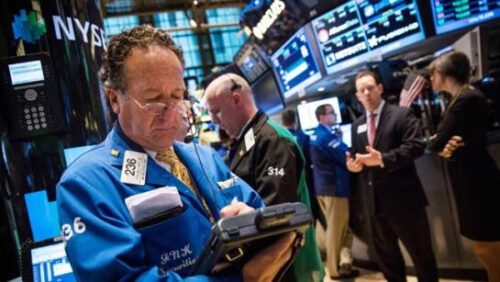Bond yields are surging once more in 2022. The American share market has been fragile.
We have learned that generating money easily in the current pandemic is over. We have been observing the rise in bond yields and benchmark interests rates.
It looks like federal reserve members were unable to clear that point recently, as investors had to wait for the Fed’s 2-day policy gathering.
Recent reports of US consumer and producer prices likely have secured market expectations on an aggressive monetary policy of the federal reserve.
Jamie Dimon ( CEO, JP Morgan) recommended that 7 may be the number to chase, as projections based on the market are pointing to the 3 boosts to the fund rate of the federal reserve in upcoming days.
As per Dow Jones market data, we have observed a yield of 1.78% for the treasury note TMUBMUSD10Y on Wednesday, after publishing its brisket speed of yield at the start of the year, in the initial 10 sessions, since 1992. Back 3 decades ago, the one decade rose 32 basis points to nearly 7 percent to begin that year.
We have observed that the 2-year note TMUBMUSD02Y is more sensitive to Fed’s action on interest rates.
Do interest rate upswings translate into a shakier stock market?
During rate hike periods, we are set to observe the strong performance of the market as early as March.
According to Dow Jones, in 1989, the average positive returns for the S&P 500 SPX was 62.9%, that of Dow Jones industrial average DJIA was about 55%, and the Nasdaq composite rallied nearly 108%.
During the fed interest rate reduction cycle, we have observed strong gains of 21 to 32 percent in Dow, Nasdaq, and S&P 500.
Interest rates reduce when the economy is on the weaker side and rise when the economy looks strong. It may impact the share market performance in the duration of interest rate reduction.
More specifically, it is difficult to see a market rally like that of 1970s style inflation in the economy. Currently, bullish investors are unlikely to get double-digit returns, observing the market performance in 2022 so far.
One more factor that can be considered is,
FOMC policy updates lead to correction in the Nasdaq composite. The S & P 500 is also on the verge of a correction.
Bespoke investment group experts say, looking at performance by a shorter run, based on the previous 13 times the S&P 500 has shown a 5% fall between meetings. The average transition during meetings was the profit of 1.38 percent, with the median being nearly 2x that of gain.
For all meetings, the share of the times the market profits was less only 59 percent as compared to 66%.
